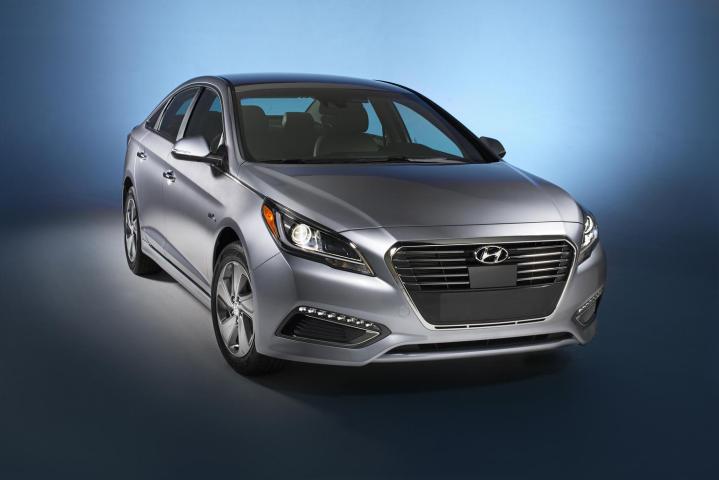
According to Automotive News, Hyundai aims to have a car with autonomous driving capabilities ready by 2020, in an attempt to catch up with other automakers and their tech.
Contemporaries such as Audi have made great strides in self-driving car technology, having demonstrated the results with a self-driving A7 that lapped Spa-Francorchamps racing circuit and driving a 550-mile road trip. Audi has even recently reached out to students with a competition that challenges them to develop the best autonomous scale-model remote control cars.

Meanwhile, even non-automotive companies are exploring the technology, with Google being the most prominent player. Its driverless car is powered by a software called Google Chauffeur, and have taken the self-driving car further than others, producing a prototype with no steering wheel or direct driving controls at all.
If 2020 seems like a very specific number, keep in mind that while some companies may be ahead of the game, analysts predict that this will be the year when all the necessary regulations will be sorted out.
Hyundai has already added a few autonomous features to some of its vehicles. For instance, the Genesis sedan has pedestrian recognition software and will hit the brakes automatically when one is detected stepping out.
Will Hyundai develop a self-driving car? Probably not, but that isn’t the only definition of autonomous driving tech. Hyundai might implement a sort of “autopilot” where highway drivers can take their hands (and attention) off the wheel for long highway drives. Volvo has something similar in development, and it’s not going to be long until we see the different innovations by different brands overlap.
Editors' Recommendations
- 2025 Hyundai Tucson Plug-In Hybrid gets improved tech features
- Tesla Autopilot vs. full self-driving: What’s the difference?
- Hyundai bets big on hydrogen from sewage, plastic
- Watch out: Google Drive may have lost months of data
- Amazon and Hyundai partner on online car sales, in-car services


